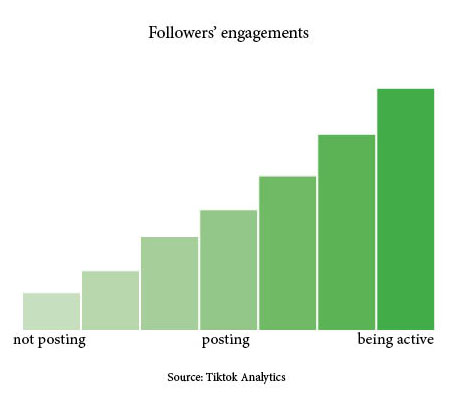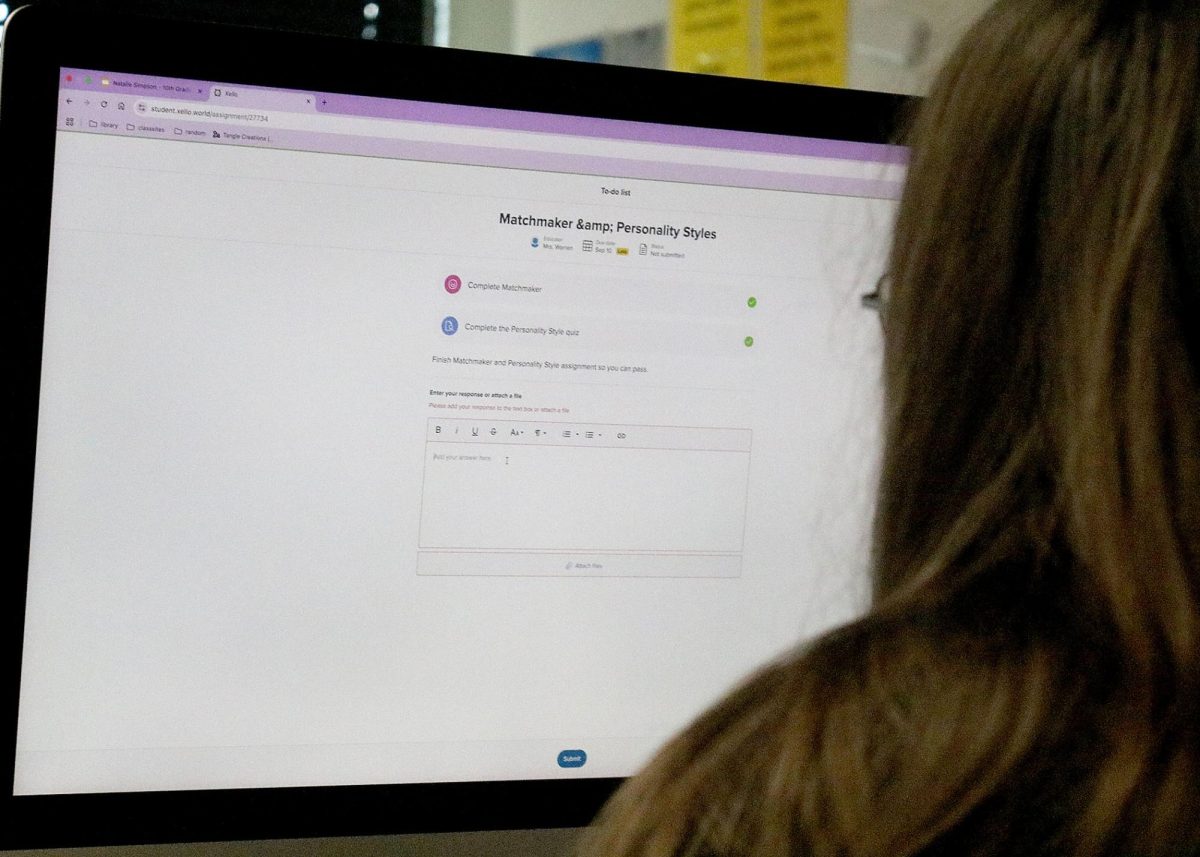Monkeypox: The Basic Information
September 14, 2022
Monkeypox isn’t a new epidemic, the first case for humans was actually recorded in Africa, in 1970. Africa is where the viral disease got its start and it’s defined as a zoonotic virus. Meaning the disease is transferred from animals to humans, but humans can also spread to other humans and animals. Kansas is calling to action for a vaccine, since even a handful of cases can turn into an emergency quite quickly. Monkeypox is spread through close contact, such as bodily fluids. As well as human to human transferral, humans can also spread the disease to pets. Doctors have recommended that you stay away from wildlife and pets until you’re fully recovered from monkeypox.
Typically, monkeypox is transmitted one-two weeks after exposure, although with the recent outbreak there has been new symptoms that don’t match up with the typical symptoms of the virus. Some symptoms to look for are painful rashes, blister-like bumps, and symptoms similar to the flu. Experts do not know the reason for the difference in symptoms, but there is research being conducted. Previous outbreaks of monkeypox entailed a fever that led to a rash one-three days afterwards, rashes found on limbs, and reported bumps that range from 10-150 on the skin at a time.
This illness usually lasts around two-four weeks, which can lead to quite serious reactions. The biggest risks for infection are kids and people with weak or compromised immune systems. Though the risk of infection to kids is being handled, due to preventative actions already being set in place. The treatment isn’t specified for monkeypox, but over-the-counter medications and an increase in fluids are usually prescribed.
A vaccine for monkeypox isn’t developed for all of the public yet, although the recommended vaccine is the two available smallpox shots that can provide protection. The U.S. is not planning on distributing an official monkeypox vaccine until fall of 2022, but to those who’re high risk the previous vaccines stated are available. To protect yourself against this infection, wear protective precautions (masks, googles, glasses, and/or gloves), wash your hands often, and stay away from those who could be infected and those who are infected.
The first U.S. death due to monkeypox has been confirmed in California as of Sept. 13. This patient was immunocompromised and was hospitalized quickly. Two other cases were reported recently of inflammation in the brain and spinal cord, that are connected to the monkeypox virus. The CDC has stated that any complications with neurological symptoms should be reported to help scientists understand “the virus’ clinical manifestations”.
information from webmd.com, cdc.gov, aha.org, kansascitymag.com














